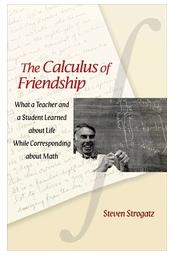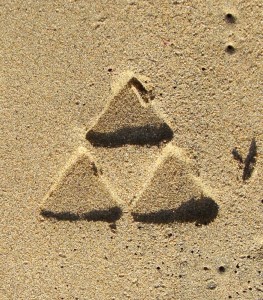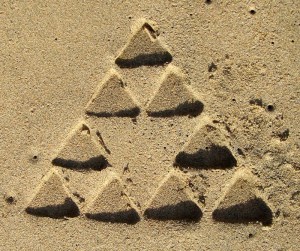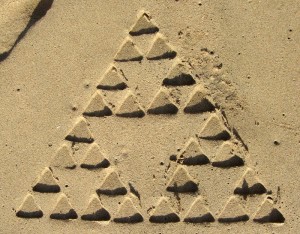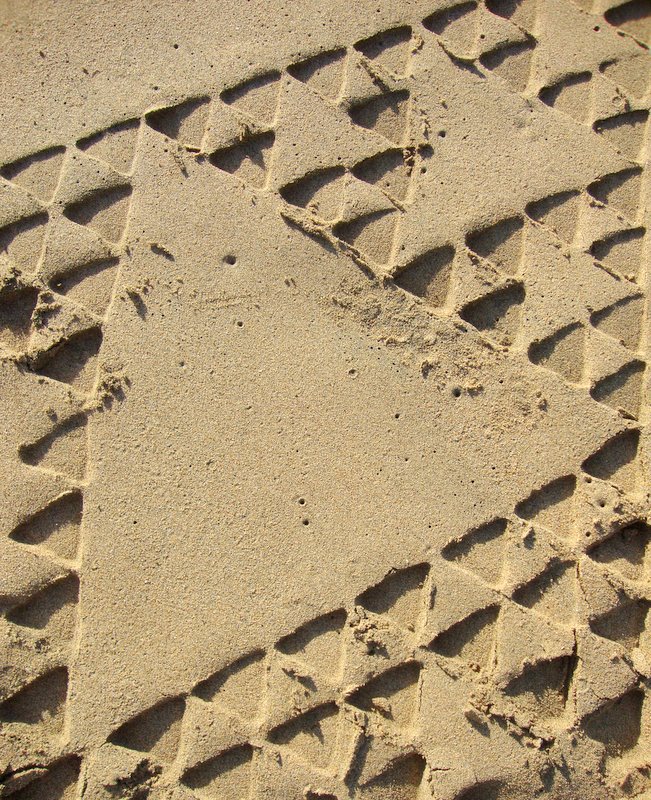This is a great story about how statisticians at Stanford audited a new automatic shuffling machine and determined that the cards weren’t distributed randomly enough.
https://www.newscientist.com/blogs/onepercent/2011/07/shuffling.html
If a deck of cards is dealt one at a time, a knowledgeable observer, in theory, should be able to predict the next card dealt around 4.5 times per 52-card deck. For example, by remembering which cards have been dealt, the observer will definitely know the final card, as it’s the only one that hasn’t been dealt. Similarly, the observer will have a 1 in 2 chance of guessing the second-to-last card, and so on. Calculations involving probability and expected value will give you the theoretical result.
For this particular shuffler, however, the statisticians from Stanford determined that an observer should be able to predict the next card 9.5 times per 52-card deck! The shuffling machine manufacturer that hired them must have been pretty upset to hear this, but redesigning the machine is probably not as costly as selling casinos hundreds of predictable shufflers and then dealing with the consequences.
It should come as no surprise that Persi Diaconis is the lead author on the paper. Diaconis is a living legend in the world of mathematics, having left home at an early age to become a sleight-of-hand artist, then returning to earn a PhD from Harvard in mathematical probability. One of Diaconis first major results was proving that seven shuffles are necessary to “randomize” a standard 52-card deck.
The full paper from Stanford can be found here:
http://statistics.stanford.edu/~ckirby/techreports/GEN/2011/2011-08.pdf
